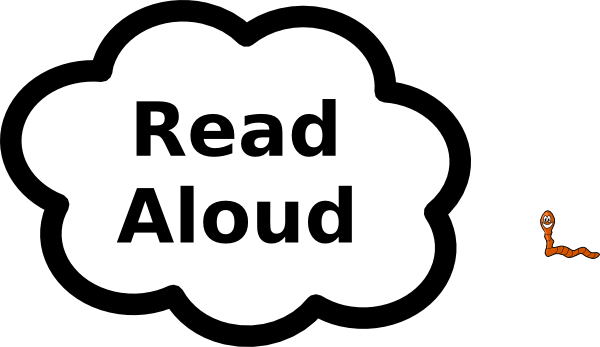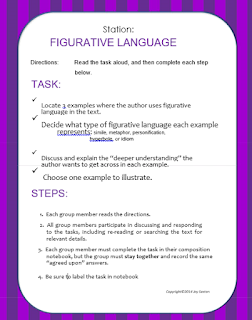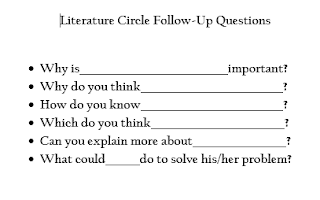Smart Juice... Disgusting!
The concept of self-efficacy is defined as an individual's belief in his or her ability to succeed in any given situation or accomplish a given task (Bandura, 1977). So, what exactly does self-efficacy have to do with "Smart Juice?"It was only my second year teaching, and in my hands, I held the minds of 20 inquisitive third grade students. This particular class was terrific, to say the least. They always seemed to ask the right questions and were fully engaged in all lessons. However, a dark cloud loomed over them the entire year... the dreaded State Test!
For my third graders, this would be the first year that they were being asked to take the test all on their own. As their teacher, I knew very well that they would outperform any exam. However, the big question remained; did THEY believe the same?
Get Buy-In on I CAN Mindset
As a new teacher, I was now facing a problem. I knew very well that my students had what it took to tackle and take down the state test. But, how could I get them to believe in themselves? This task was easier said than done with third graders. I had read plenty of articles that stressed the importance of student self-efficacy and its relationship to student success. I knew that I had to get my students to buy in on an I CAN mindset. So I did what any creative teacher would do, I cleverly resorted to a little Teacher Magic!I shared with my third graders how I would selflessly empty my pockets and purchase some "Smart Juice" from the "Teacher Store" so they could have some the morning of the test, and consequently score well above all others thanks to our juice! (Insert sneaky laugh)
So, the morning of the test I did just that. I purchased white grape juice from our local supermarket, tore off the label, and served 20 miniature cups of "Smart Juice" to my apprehensive third graders. I even had little Adriana dramatically hold her nose as she sipped the juice down and shared with me, "I am only doing this for you teacher because this is disgusting!"
Fast forward to the end of the week-long testing window. I now sat with my students and had them share with me how they felt they did on the exam. My students shared that they were confident that they passed, eager to get their results, and this was all thanks to how smart they became after drinking the Smart Juice!
Then, contrary to what any seasoned magician would tell you, I revealed my bag of tricks to my innocent third graders. I shared with them how I had made the whole thing up. I shared that the reason they did well on this test, was not because of any concoction that they might have taken, but that they could attribute their success to themselves! THEY believed that they could, and so THEY DID!
I was surprised as to what followed. My students were not upset with me for tricking them, they giggled and thought that their teacher was pretty clever to fool them the way she had.
That summer I received student scores for what was known then as the STAR Test. When I opened the envelope, I can honestly say that I was not surprised. 19 of my 20 students scored Proficient or Advanced in the Language Arts portion, and 18 of the 20 scored the same in Mathematics. These kiddos believed in themselves, and the proof was right in front of me.
Eights years later I had the pleasure of reuniting with Adriana, the little gal who thought the Smart Juice was disgusting. She was on the cheering squad for our local high school. We reminisced about that wonderful year, and she remembered that Smart Juice she once had. And even then, she still considered it a sneaky little trick... that worked.
"The students who are most engaged are the ones who think they matter to their teacher." - Dr. Russell Quaglia
How Can I Do That?
According to the article by Natalie Kuhtmann Haskellere, Classroom Strategies to Improve Student Self-Efficacy and Learning Outcomes, she shares a few things we can do as teachers to increase student self-efficacy:- As teachers, we can stimulate critical thinking and comprehension and thus increase student self-efficacy
- We must remember the value of positive reinforcement. Make sure that this reinforcement is more than a generic “Good Job, Jane!” Rather, make your comments and actions specific and tangible.
- Also, keep in mind that our most important job as educators, is not to produce a generation of right answers; it is to produce a generation of confident, eloquent thinkers who can understand, effectively utilize, and enjoy their individual learning processes.
and with this tidbit of advice... I sign off.
Climbing the mountain herself,
Yvonne Milian
Retrieved from: Kuhtmann Haskellere, N.(2018). Classroom Strategies to Improve Student Self-Efficacy and Learning Outcomes. Retrieved from: https://www.pearsoned.com/improve-self-efficacy-learning-outcomes/






























